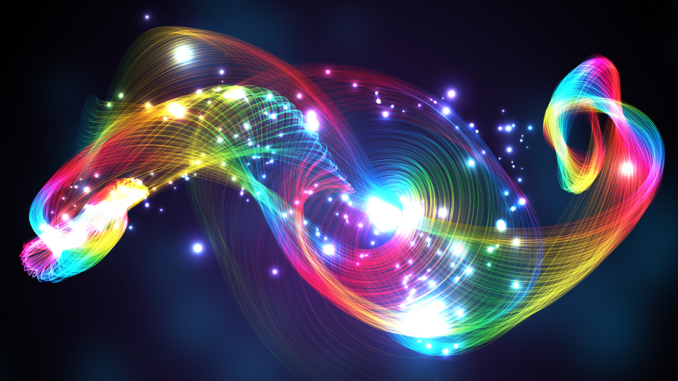
The following is adopted from LSD The Wonder Child: The Golden Age of Psychedelic Research in the 1950s by Tom Hatsis.
Beginning in the late 1950s, five hospitals in the Saskatchewan District of Alberta, Canada, offered a new kind of psychedelic therapy: treating alcoholism with LSD. Duncan Blewett, an Irish psychologist, played “an active role” as an LSD facilitator at Saskatchewan, administering LSD to numerous alcoholics who couldn’t tread the twelve steps. While there, in 1959 he wrote (perhaps) the world’s first medical manual for using LSD to treat alcoholism, The Handbook for the Therapeutic Use of Lysergic Acid Diethylamide-25: Individual and Group Procedures.
The use of a psychedelic to treat alcoholism actually had its origins in the early 1900s. Anthropologists working in 1907 reported on alcoholics among Native Americans, who had successfully given up the bottle in favor of peyote, the hallucinogenic cactus. Those who had made the transition from whiskey to dry whiskey became “successful, healthy and outstanding members” of their society. Consider the following testimonial: “Jilt [peyote] cures us of our temporal ills as well as those of spiritual nature. It takes away the desire for strong drink [.] I myself have been cured of a loathsome disease too horrible to mention. So have hundreds of others.”
Modern clinical work in this area had started with Saskatchewan psychiatrist Dr. Colin Smith who tried to replicate the delirium tremens (DTs) often felt by alcohol withdrawal, which include running high fever, sweating profusely, nightmares, irritability, and hallucinations. Some severe cases can result in death. Smith hoped to “shock [alcoholics] into full awareness of their degradation and [generate] a desire to reform,” by using LSD to simulate DTs.
Others caught on quickly. Dr. Humphrey Osmond and Dr. Abram Hoffer both felt that alcoholics were prime candidates for LSD experimentation “because it is often easier to know whether they are improved or not.” Either they stopped drinking or they continued. And so they set out trying to find if LSD could effectively cure the “spiritual disease” of alcoholism. Osmond and Hoffer gave LSD to 500 alcoholics who had failed to sober up after receiving treatment from Alcoholics Anonymous and who had had no luck with traditional psychotherapy.
Psychosis or Gnosis?
Thinking at the time (1954) that LSD and related compounds rested in the psychotomimetic (“madness-mimicking”) family of chemicals, Osmond and Hoffer “conceived the idea that [LSD and mescaline] represented something very similar to delirium tremens — that a good many people who really give up alcohol do so on basis of the fact that they’ve had an attack of D.T.’s and been converted by them. We [thought] it might be a very good idea to give a person an ‘attack’ before he’d been completely destroyed.”
Roughly half the patients who received LSD either improved or stopped drinking alcohol altogether.
The plan backfired. Instead of experiencing DT, the patients were having “[f]avorable personality changes … even though this was not the purpose of the experiment.” Where they had tried to trigger terror, they instead triggered “illuminating” experiences. Dr. Smith noted the change in alcoholics “resemble the state of religious conversion.” One patient sounded off about their “momentary oneness with God.” The drunks weren’t “scared” straight; quite the contrary, they were actually enjoying the numinous nature of LSD. “Those who have not had the transcendental experience are not changed. They continue to drink,” Hoffer reported at the Josiah Macy Jr. Conference in 1959. “The large proportion of those who had it are changed.”
Follow-up surveys conducted after the LSD treatment revealed surprising results: “roughly half the patients either improved or stopped drinking altogether,” a Saturday Evening Post article stated four years later. So promising was the success rate of recovering alcoholics with LSD therapy that Saskatchewan’s Bureau of Alcoholism called LSD “the most helpful remedy we’ve known.”
Not bad for a chemical that supposedly makes people crazy.
This excerpt is adapted from LSD The Wonder Child: The Golden Age of Psychedelic Research in the 1950s by Tom Hatsis (Park Street Press, 2021).
Copyright, Project CBD. May not be reprinted without permission.



Be the first to comment